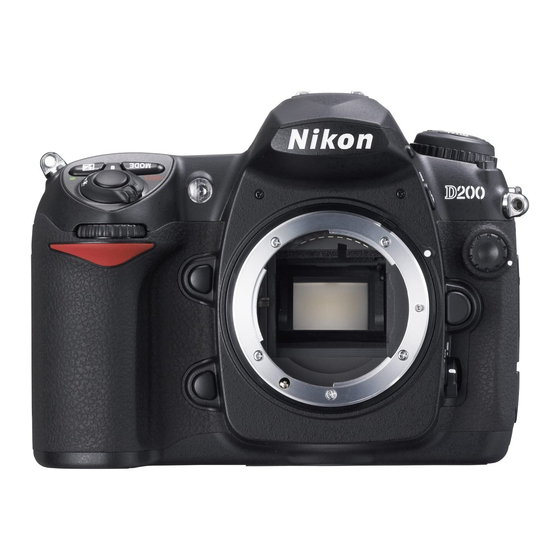You can see the basic controls found on
many zoom lenses in figure 1.6. Not all
these controls are found on all lenses,
however, and some of them might be in
different positions on different lenses (par-
ticularly those not produced by Nikon). The
key components are
Focus ring. This is the ring you
turn when you manually focus the
lens. If the autofocus/manual
switch (AF/M) on the lens is set to
Autofocus, or the switch on the
camera body is set to S or C, this
ring has no effect. Some lenses,
such as the kit lens, enable you to
manually override the camera's
autofocus setting; these ones are
marked with an M/A-M switch
instead. When the lens is set to
M/A (and the camera body switch
is set to S or C), you can use the
focus ring to adjust the focus point
set automatically. By convention,
turning the ring toward the right
(when looking down on the lens
from above) increases the focused
distance.
Distance scale. This is a scale that
moves in unison with the lens's
focus mechanism (whether you
activate it by manually focusing or
the autofocus system activates it)
to show approximately the dis-
tance at which the lens has been
focused. It's a useful indicator for
double-checking autofocus, and for
roughly setting manual focus.
Zoom ring. This is the ring you
turn to change the zoom setting.
With many lenses, turning this ring
to the right increases the focal
length, but you might find that the
opposite is true with some lenses
(which can be very frustrating!).
Chapter 1
Exploring the Nikon D200
Zoom scale. These markings on
the lens show the current focal
length selected.
Lens hood bayonet/alignment
guide. This is used to mount the
lens hood for lenses that don't use
screw-mount hoods.
Lens hood bayonet
Zoom ring
Zoom scale
1.6
Key components of a typical zoom lens.
Figure 1.7 shows a single focal length, or
prime lens — the 105mm Nikkor macro lens
used for close-up photography. (This exam-
ple happens to be the older, non-vibration
reduction version.) This particular lens has
some features that aren't available on the
kit lens, but that are found on some other
zoom and non-zoom lenses. Of course,
because it doesn't zoom, this lens lacks the
zoom ring and zoom scale. Other compo-
nents include the following:
Lens hood alignment guide
Distance scale
Focus ring
17

